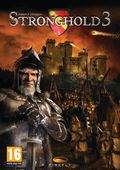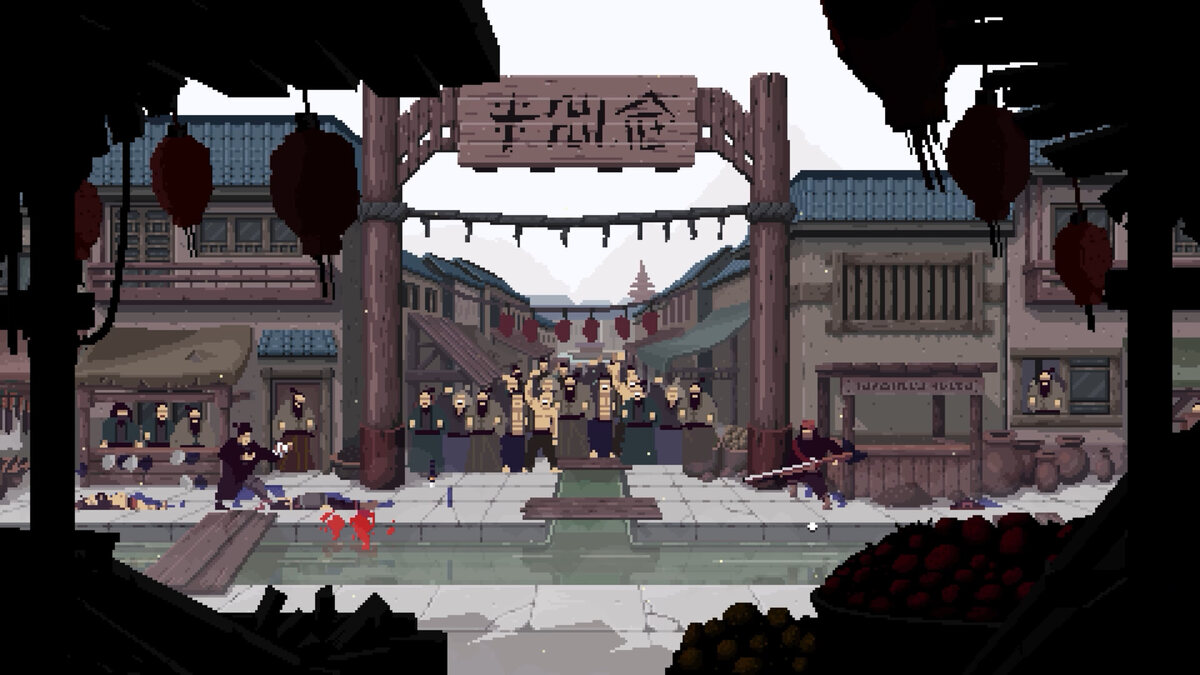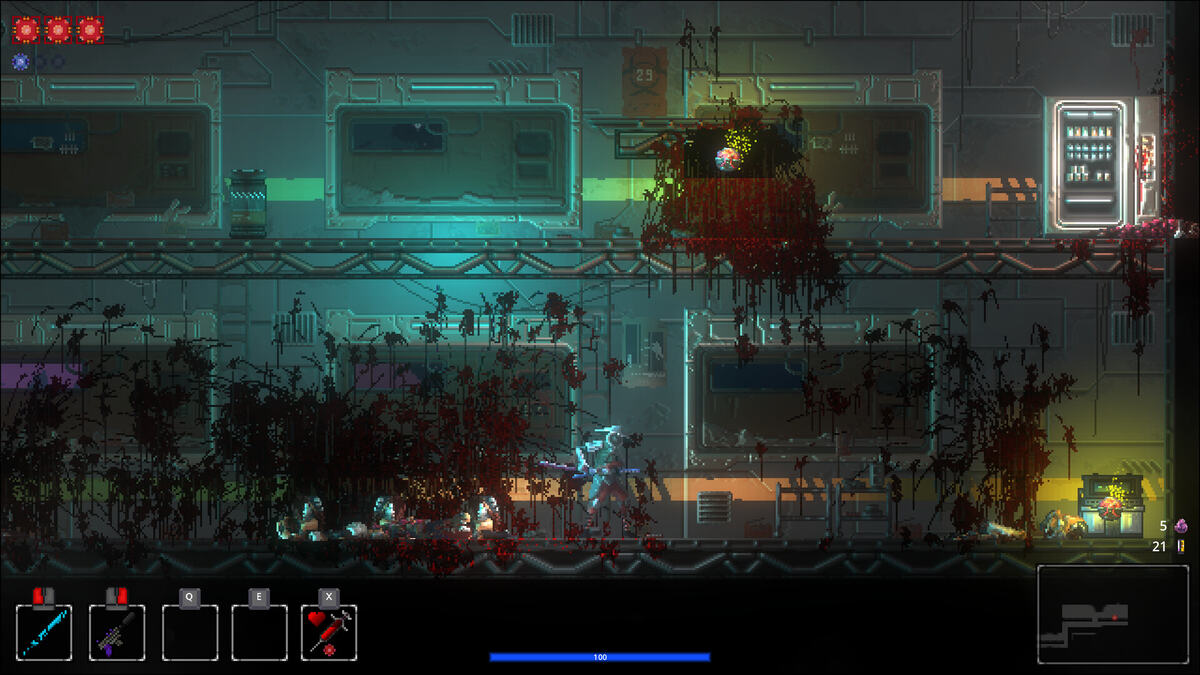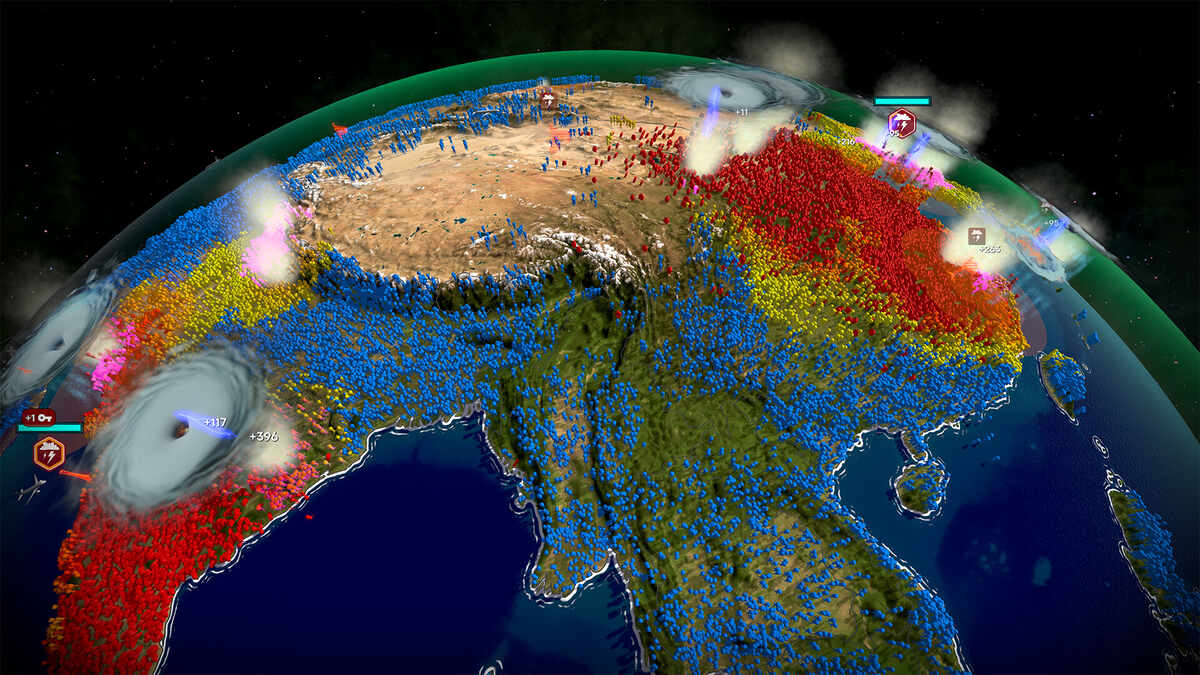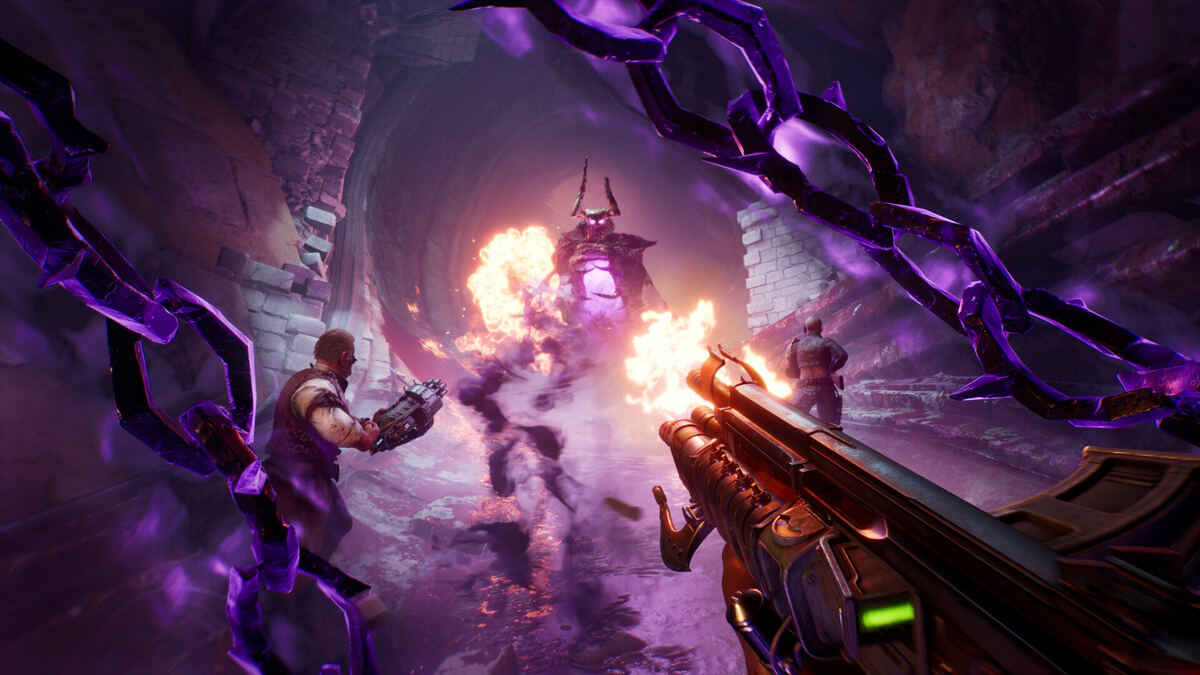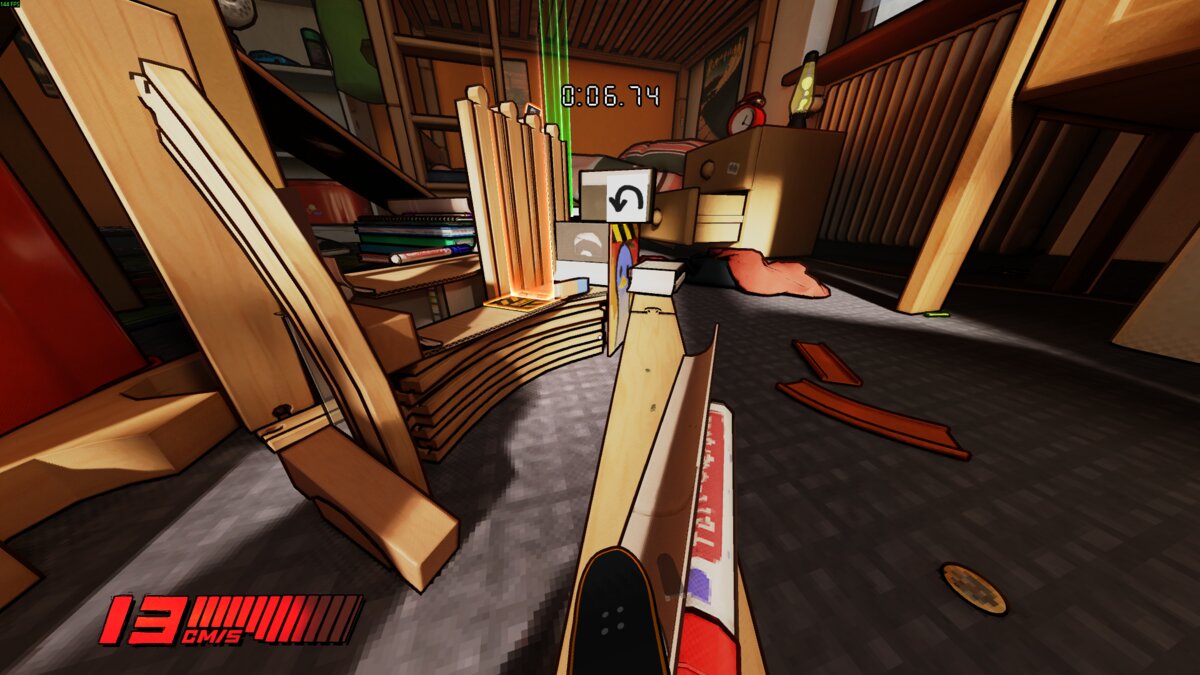You can trust VideoGamer. Our team of gaming experts spend hours testing and reviewing the latest games, to ensure you're reading the most comprehensive guide possible. Rest assured, all imagery and advice is unique and original. Check out how we test and review games here
The Stronghold series started back in 2001 as a popular little medieval RTS that slid right in the wafer-thin gap between strategy and simulation; a kind of clean and simple city-builder with a combat conceit drilled into the centre of it. Talking with Simon Bradbury of developer Firefly studio, he waxes nostalgic about what worked with the series in the first place:
“What made Stronghold interesting I think is that it’s a kind of mix of games,” Bradbury explains, “it’s always been about, yes, you can fight, but to do that you’ve got to have a good economy as well. So you’ve got your popularity, which is how much you feed your peasants, and if you want to feed your peasants then you’ve got to make farms. And to build that you need wood, so you need more people – it all kind of interlinks. So, you build this little Sim City thing and that allows you to expand quickly: it all feeds back into the RTS. Unlike a lot of RTSs, which are just base building and then you go off and mine to get resources to make troops – there isn’t really any simulation side to that. There isn’t really that builder side of RTS, so it’s really a unique space.”
But then there’s the question of where to actually go from there. City-building can only allow for so much experimentation before crossing over into convoluted micromanagement titles; Stronghold 2 flirted with that. Despite the fact that it was more successful in sales, it was widely acknowledged by critics as a well-intentioned but plodding bastard.
“The issue was that we had a hit game and the question was how we do the second one,” says Bradbury. “Well, people really liked looking inside the building, and resource changes, so [we said] we’ll add a load more of those. So your guy is happily picking his apples and then he goes bad for some reason, and he starts stealing food. To deal with that issue we’ve got to place a guard post. And the guard will arrest the guy, but then what do you do with him? Well let’s put him in a dungeon, but the dungeon is getting full so let’s have a court house, but that then feeds them from the dungeon to the courthouse. But then how do we get them back into society? Well that’s usually through some vicious looking kind of torture equipment like the stretching rack. But then we need a torturer’s guild. So the guy comes out, is tried, he gets tortured and he’s back to being an apple farmer. It was a great idea but it was a pain in the arse to use. We had quite a few systems like that but it’s really hard to use, especially when you have a limited space. We made Stronghold 2 bigger and more bloated and we kind of got away from what the core bits of the game people really liked.”
Stronghold 3 is the back-to-basics approach to creating a sequel, with a simple formula to move the series forward; a golden trinity of 3D engine, proper physics and a renewed focus on free-form castle creation. This is all largely built off the back of user complaints. The team keep a keen eye on various fansites, using them as a pure source of insults and critical commentary, and from that the lesson learned was to hone what had made the original popular. Stronghold 2 was a test-bed for some of the series’ more ambitious ideas: it had been the introduction of Stronghold’s first 3D engine, built by Firefly themselves, which was another lesson learned.
“You do it once and you realise you should leave that to someone else who makes 3D engines. It was OK but it wasn’t a great looking game, I think that was another criticism of it. Ultimately we’re not about being the best looking game in the world. We want to be good looking. Better than we have been for sure, but we’re not Crysis. This is about gameplay,” says Bradbury.
The benefit, in this case, is that you’re now dealing with a far more flexible world. Stronghold 2 had been based on a grid system of tiles that limited you to walls and buildings which could only make 90 degree turns. With the third attempt, Stronghold adds a sense of realism by allowing castle designs that are far less linear, giving a sense of randomness to house placement as there would have been historically, and a level of fluidity to how you construct walls. So you can head up on that hill and start drawing out a wall in a curvy, spiral fashion, the system putting a heap of creative power in your palms that wasn’t available in the previous games. Throw in some bastions, and odd angles.
Another benefit is the introduction of dynamic lighting which, beyond making the game look nice, means you have to deal with a different form of gameplay introduced by a kind of fog of war. In one scenario it’s night time, with enemies hidden in the dark outside of your castle, forcing you to hold out until dawn.
The next shift for the game is physics, in an attempt to mimic the kind of castle-play you’d have as a kid when smashing your play castle with footballs, throwing imaginary archers off the edge of makeshift mountains. Everything, from siege equipment to buildings to cows to unsuspecting enemies hanging about on a wall, are victims of gravity. Unleash logs down the side of your wall to crush enemies. Select an enemy to shoot with a bow and arrow and if it’s possible for them to fall from a height they will.
Stronghold 3 is wading deep in the kind of gallows humour influenced by some of the truly odd trends of the era, burning pigs for witchcraft to name one, and similarly you can catapult cows into enemy castles “to spread diseases”, but it’s all for the sake of comedy. Falling head-first into a crowd of peasants is ol’ Bessie who explodes when she touches down, bits flying everywhere, and out of the bits of cow comes a green cloud-puff of disease. In fact you can use a number of different animals, who can create bigger or smaller biological disasters.
Sheep, for instance, would be the baby firecracker to the Cow’s Molotov cocktail in terms of explosion. As a player defending your stronghold you need to place apothecaries, who come out and sprinkle holy water in order to rid the disease.
The third numbered game in the series also tries to follow up on ideas that had been planted in the original, implementing a light morality system:
“We’ve re-introduced an idea we kind of started with in Stronghold 1, although we didn’t really take it very far, which is this concept of good lord/bad lord,” says Bradbury. “If you place certain types of buildings you’ll become more of a good lord. So if you place gardens, statues, a soothsayer’s tent, people will congregate around it and overall your good lord status will go up. So this will mean your troops get extra hit points in battle because they want to fight for you, there’s a loyalty there. The down side is that the peasants won’t work so hard. So you’ll get less goods. But if you go the other way and you go as bad lord and you put down the stretching racks and gallows and things like this, then you become more of a bad lord. And then your troops will get less hit points with low morale but your people will deliver a lot more.”
It’s a baby step, a tiny idea that just nudges the envelope rather than pushes it. As are the studio’s very early plans for multiplayer, from basic co-op castle defence to a literal version of King of the Hill mode that gives you a hill and lets the victor be king. Stronghold 3 takes a bit of spit-polish and tries to put some shine back in the original, and likewise Firefly’s not quite ready to make a leap on to consoles.
“The trouble with strategy games in general on console is that it’s hard to do. You drag a wall out, and trying to do that with a Sixaxis is really hard. I mean we’ve been sitting here for years just waiting for one strategy game to just to kind of go that’s how you do it, because we’d love to get around that clearly, it broadens the market out. We think one of the things we’ve thought about is rather than the whole game just dumped on console we’d kind of just take siege or something self contained, that’s less free-build than strong build.”
Bradbury still insists the current home of strategy games is the PC, however. “I think consoles are going to a strange place nowadays, but while it’s still big value, big bucks, lots of shooters, and that’s typically your market. When the market broadens then maybe. We do very well on PC and the truth is dawning on PC that strategy is king of PC. We’ve been telling PC mags that for years. But we’re definitely a PC kind of game really. Ultimately we’re thinking to perhaps go online down the future and browser-based mainly. Age of Empires is sort of doing that – browser-based stuff. So maybe that rather than console.”
But the success of the game is a matter of seeing whether pulling on the reins is the way of moving forward. Planted firmly on PC and functioning largely as a response to fan complaints, Stronghold 3 continuously references its roots while pulling away from the overly ambitions tendencies of the first sequel, but maybe spit-polish is really all it needs.
Stronghold 3 is due for release on PC in spring 2011.
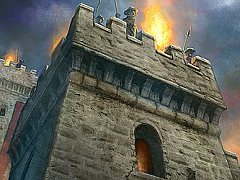
/https://oimg.videogamer.com/images/319b/stronghold_3_7.jpg)
/https://oimg.videogamer.com/images/c030/stronghold_3_1.jpg)
/https://oimg.videogamer.com/images/1dc7/stronghold_3_4.jpg)
